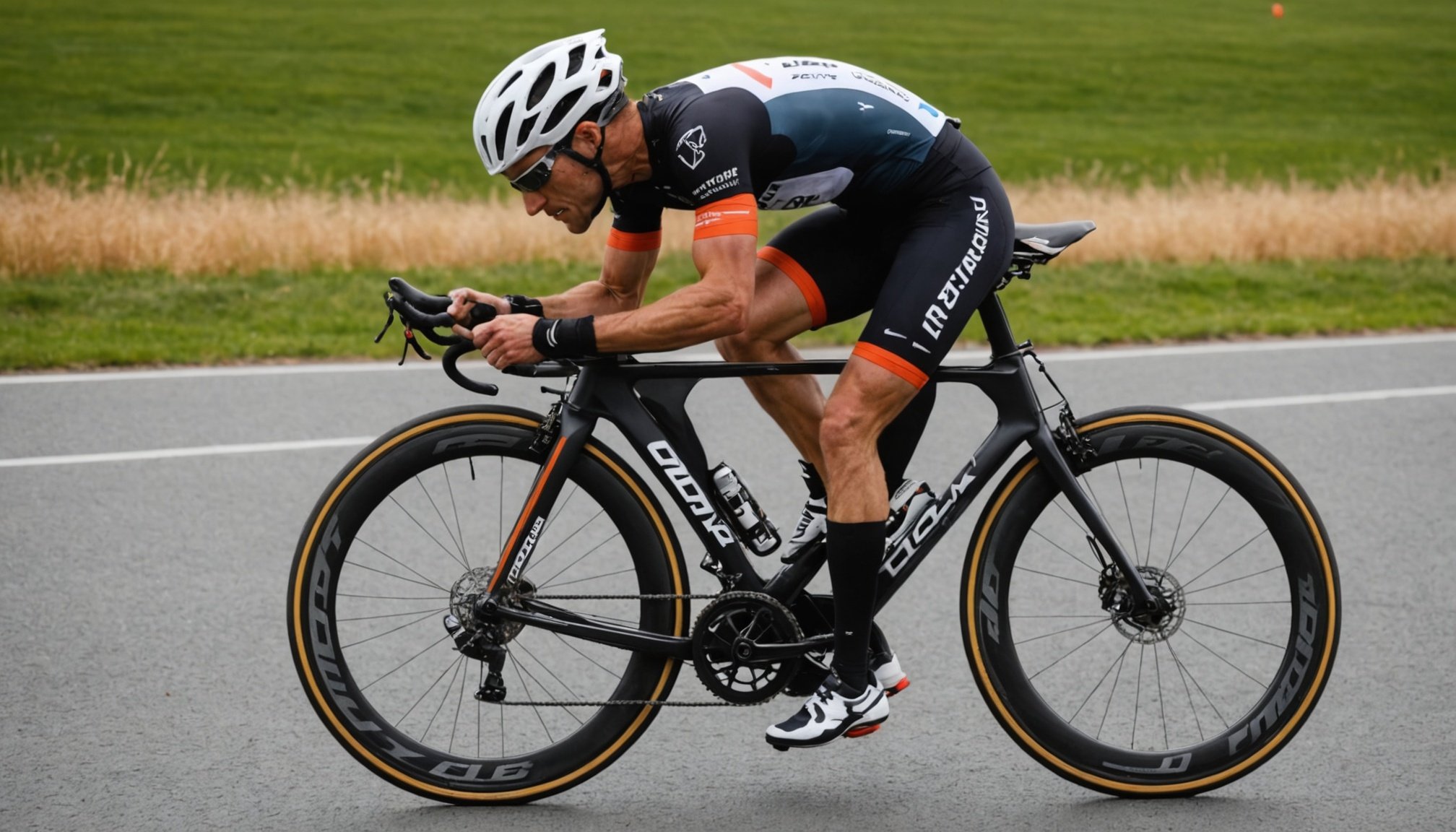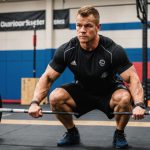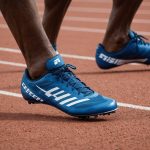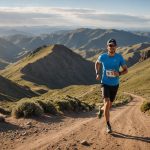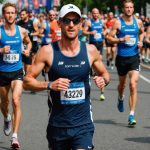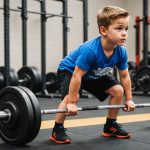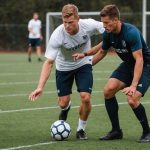Top Recovery Techniques to Combat Muscle Fatigue in Ultracycling
Ultracycling, with its demanding long-distance rides and intense training regimens, pushes cyclists to their limits, making recovery an essential component of their training. Here’s a comprehensive guide on the top recovery techniques to help you combat muscle fatigue and optimize your performance in ultra cycling.
Understanding Muscle Fatigue in Ultracycling
Muscle fatigue is a common issue in ultracycling, resulting from prolonged periods of physical exertion. It affects not only the muscles but also the neural, cardiovascular, immune, endocrine, and sometimes the digestive systems.
Have you seen this : Top Agility Drills to Elevate Your Basketball Skills: Unlock Your Full Potential!
The Science Behind Muscle Fatigue
When you engage in high-intensity or long-distance cycling, your muscles deplete their glycogen stores, leading to increased levels of lactic acid and muscle soreness. This depletion, combined with the physical stress of the ride, can cause significant muscle fatigue.
"Muscular recovery happens over longer periods of 12-24-48 hours so it's more important to hit your protein requirements consistently every single day," advises a specialist in endurance cycling nutrition.
Nutrition Strategies for Recovery
Proper nutrition is crucial for recovery in ultracycling. Here are some key strategies to help you replenish your energy stores and support muscle recovery.
In the same genre : Essential Safety Guidelines for Kids Beginning Weightlifting: A Comprehensive Guide
Immediate Post-Ride Nutrition
After a long ride, it’s essential to replenish your glycogen stores as quickly as possible. Aim for a mix of carbohydrates and protein within 30 minutes of finishing your ride.
- Carbohydrates: Focus on consuming at least 1.2 grams of carbohydrates per kilogram of body weight within the first hour. Foods like chocolate milk, bananas, and cereal with milk are excellent choices.
- Protein: Include 30 grams of protein to support muscle repair. Foods like Greek yogurt with granola or a protein shake can be effective.
Daily Nutrition Plan
- Carbohydrate Intake: Maintain a consistent carbohydrate intake to keep your glycogen stores full. High-carb drink mixes can be useful during long rides, but ensure you test them during training to avoid digestive issues.
- Protein Requirements: Aim for 1.6 to 2 grams of protein per kilogram of body weight each day. Front-loading your day with protein can support ongoing muscle recovery.
Hydration and Electrolyte Balance
Hydration is vital for maintaining blood volume and ensuring that your muscles receive the necessary oxygen and nutrients.
Monitoring Hydration
- Body Weight: Weigh yourself before and after your training session to gauge dehydration. A loss of 2-4% of your total body weight indicates decreased blood volume.
- Fluid Intake: Rehydrate with fluids that include electrolytes to restore sodium levels and prevent cramps and fatigue. Sports drinks or natural alternatives like coconut water can be effective.
Rest and Sleep
Adequate rest and sleep are critical for muscle recovery and overall performance.
Importance of Sleep
- Muscle Repair: Sleep is when your body repairs and rebuilds muscle tissue. Aim for 7-9 hours of sleep each night to support this process.
- Heart Rate Variability: Monitor your heart rate variability (HRV) to assess your recovery. A decrease in HRV can indicate inadequate recovery.
Strength Training and Mobility
Incorporating strength training and mobility exercises into your training plan can enhance your cycling performance and reduce muscle fatigue.
Core and Strength Training
- Core Strength: Strengthening your core can improve your cycling efficiency and reduce back pain. Structured core exercises can make a significant difference in your overall performance.
- Leg Strength: Focus on exercises that target your legs, such as squats and lunges, to build the strength needed for long-distance cycling.
Mobility Training
- Flexibility: Regular mobility training can improve your flexibility and reduce muscle soreness. Incorporate stretching and foam rolling into your routine to maintain muscle health.
Monitoring Recovery
Using data to monitor your recovery can help you adjust your training plan and avoid overtraining.
Heart Rate and Heart Rate Variability
- Resting Heart Rate: Monitor your resting heart rate; an increase of about five beats per minute can indicate inhibited recovery.
- Heart Rate Variability: Track your HRV to assess your body’s readiness for the next training session. A decrease in HRV suggests you need more recovery time.
Practical Tips for Century Rides and Ultra Cycling
Here are some practical tips to help you prepare for and recover from century rides and ultra cycling events.
Training Plan
- Gradual Increase: Increase your ride distance by about 10% each week to build endurance. For example, if your longest ride is 50 miles, add 5 miles the first week, 5.5 miles the next, and so on.
- Interval Sessions: Include tempo and threshold efforts in your training plan to improve your ability to sustain harder efforts over long distances.
Route Planning
- Terrain and Stops: Plan your route carefully, considering terrain, places to stop for rest and hydration, and meal options.
- Support: Ensure you have support, whether it’s a loop back home or someone to bring you back after a long ride.
Example Recovery Plan
Here’s an example of what a recovery plan might look like after a long ride:
Immediate Post-Ride (Within 30 Minutes)
- Nutrition: Consume 30 grams of carbohydrates and 30 grams of protein.
- Hydration: Drink at least 500ml of fluid, including electrolytes.
Post-Ride Routine (Within 1 Hour)
- Stretching: Perform light stretching to help reduce muscle soreness.
- Foam Rolling: Use a foam roller to aid in muscle recovery.
Daily Routine
- Protein Intake: Ensure you meet your daily protein requirements of 1.6 to 2 grams per kilogram of body weight.
- Carbohydrate Intake: Maintain consistent carbohydrate intake to keep glycogen stores full.
- Sleep: Aim for 7-9 hours of sleep each night.
Table: Comparison of Recovery Strategies
| Recovery Strategy | Immediate Post-Ride | Short-Term (1-2 Hours) | Long-Term (Daily) |
|---|---|---|---|
| Nutrition | 30g carbs, 30g protein | 1.2g carbs/kg body weight | 1.6-2g protein/kg body weight, consistent carb intake |
| Hydration | 500ml fluid with electrolytes | Monitor body weight, rehydrate as needed | Ensure adequate daily fluid intake |
| Rest | Light stretching, foam rolling | Rest and avoid high-intensity activities | 7-9 hours of sleep |
| Monitoring | Track heart rate, HRV | Assess muscle soreness, fatigue | Monitor resting heart rate, HRV |
Recovery is as crucial as training when it comes to ultracycling. By focusing on proper nutrition, hydration, rest, and strength training, you can significantly reduce muscle fatigue and enhance your overall performance.
"Recovery has its origins in the quality and quantity of your pre-fuel and your ride-fuel. A poorly fuelled session will require more recovery and delay positive adaptations," emphasizes a specialist in endurance cycling nutrition.
By incorporating these recovery techniques into your training plan, you’ll be better equipped to tackle the challenges of ultra cycling and achieve your goals with greater ease and efficiency. Remember, recovery is not just about the time after your ride; it’s an ongoing process that requires consistent attention to nutrition, hydration, and rest.

